The International Solar Alliance (ISA), co-founded by India and France at COP21, is India’s most visible commitment to combat climate change. The ISA’s stated goal is to reduce the cost of financing and technology of solar energy globally.
As of 2020, the ISA’s promise of cheaper electricity and accessible solar technology has been extended to 87 countries. The ISA signals India’s hope to be a global competitor in emerging technologies and cement its place as an institution builder. But how does India’s vision translate into domestic policy? Has India led by example?
India’s solar policy over the last 10 years has resulted in several notable economies. Solar technology has also been extended to the agricultural sector. However, India’s solar industry is marked by worrying trends: a high dependence on Chinese solar imports, the absence of local manufacturing, and the low market value of electricity produced by solar generators.
These issues obscure India’s solar dream.
Domestic solar policy: Parks to pumps
The total cost of installing utility-scale solar projects (large solar parks) in India is already the world’s lowest at $793/kilowatt. The cost of electricity generated from solar plants decreased from Rs 17 in 2010 to Rs 2.44 per unit in 2019. A bid of Rs 2.44/unit for 200 MW, secured by Acme Solar at the world’s largest Bhadla Solar Park, set the benchmark for low solar-generated electricity prices.
According to a TERI study, the cost will fall further, to an estimated Rs 1.9 by 2030. Furthermore, the levelised cost (average cost of electricity generated by a plant over its lifetime) of solar power generation in India is 14% cheaper than coal-based electricity, even with subsidies removed and construction and financing costs factored in.
India’s domestic solar policy also promotes the use of smaller solar products like solar pumps, cookers and lamps. Through the aegis of the PM KUSUM (Pradhan Mantri Kisan Urja Suraksha Evam Utthan Mahabhiyan) scheme, such benefits of solar power have mainly extended to the agricultural sector, which consumed 17.69% of the total electricity generated in India.
As of March 2019, the PM KUSUM scheme distributed 2.5 lakh solar power pumps of its 17.5 lakh target and constructed 7.42 million solar lanterns out of its 7.5 million target. By 2022, the government plans to add 25.75 GW through the construction of solar power pumps and 2 MW power plants.
The widespread adoption of these technologies has multiple healthcare and livelihood benefits. For instance, agricultural pumps powered by solar energy can replace diesel-powered pumps and save 879 billion rupees ($12.8 billion) annually on coal and oil imports. A switch to solar power may also help mitigate 1 million premature deaths from air pollution caused by fossil fuels.
Domestic manufacturing: Swimming upstream
To produce millions of solar pumps, lanterns, and panels India requires robust domestic manufacturing capabilities. But a survey of India’s solar energy manufacturing capacities reveals that production is unable to match the domestic demand.
India’s production of wafers, ingots, and polysilicon is modest at best, due to its capital- and energy-intensive nature. India’s manufacturing capacity for solar PV cells is 3 GW, split between 18 companies, and 10 GW for modules, split between 175 companies.
For a self-reliant solar industry, the focus of subsidies and incentives must shift to improving upstream manufacturing capacity. Upstream manufacturing sector refers to the production of basic components in the solar industry like polysilicon, wafers, and ingots.
Former MNRE Secretary Anand Kumar, in response to the issue of import dependence raised by the 2019 parliamentary standing committee on energy, explained that there are no upstream domestic manufacturers for various components in the solar supply chain. Incentivizing the manufacture of polysilicon, wafers, and ingots can reduce India’s dependence on imports, which is just one of the many issues faced by domestic solar manufacturers.
Domestic manufacturing of components, even at 100% efficiency, can only satisfy 28% of India’s total demand. Hence, Indian manufacturers rely heavily on imports of raw material mainly from China, even Malaysia, and Vietnam.
Close to 85% of India’s PV cells and modules are imported. Reports suggest that imports of solar equipment from 2014 to 2019 totalled Rs 90,000 crore (12.93 billion). The amount spent on solar equipment imports is three times the cumulative foreign direct investment (FDI) in the renewable energy sector.
To address India’s import dependence on China, an anti-dumping duty of 25% on solar imports, mainly from China, was levied in July 2018. The duty decreased every six months and expired in July 2020, only to be replaced by a Basic Customs Duty (BCD) of 14.9% on imports of solar modules and cells, set to last until January 2021.
Tariff barriers have received mixed reactions from the domestic manufacturing sector. They have the dual effect of alarming solar manufacturers who depend on imports and charming manufacturers who think tariffs will force domestic manufacturing of imported components. But these tariff barriers have only marginally impacted the import dependence of India’s solar manufacturing.
Solar finance
Though the ISA’s emphasis is to finance solar power, the financing costs for renewable energy are higher in India than in competitor countries like China. Interest rates for term loans extended to solar manufacturers in China are 0 – 5% compared to 12 – 13% in India.
Banks, concerned about non-performing assets (NPAs), have clubbed both renewable and non-renewable energy sectors in the same loan basket. As a result, the renewables sector sees little investment.
Furthermore, renewable power generators face delays in compensation by distributors (Discoms) for electricity generated. As of June 2020, Discoms accumulated dues totaling Rs 10,111.33 crore owed to renewable energy generators across India. To evade these dues, they attempted to use the force majeure principle, on account of Covid-19 being an “act of god”.
Unpaid dues to solar generators also make it difficult for solar companies to service their debts. For ISA to effectively finance solar power, India will have to improve access to technology and finance at home first.
The way forward
Since the advent of the ISA, the adoption of solar energy in India has witnessed more than a tenfold increase in capacity. However, there has been a steady decline in targets accompanied by a reduction in added capacity annually since 2016.
For the third year in a row, India has not met its targets. With current capacity at 35 GW and 41.7GW more under development, it appears unlikely that India will meet its objective of 100GW by 2022.
In the second quarter of 2020, India added only 205 MW of solar capacity, an 81% decline from the first quarter. India’s capacity addition goals will only go so far in realising the ISA’s vision.
Latent issues in India’s solar industry, like the sensitive India-China trade relationship, absence of upstream manufacturing and poor financial health of discoms, cast a long shadow over India’s solar dream. They threaten to derail the progress of India’s solar industry and, in turn, diminish the ISA’s relevance. Notwithstanding the importance of policy changes, strengthening policy enforcement will do more to harness the benefits of a sound solar policy for India.
The views and opinions expressed in this article are the author’s own, and do not necessarily reflect those held by pv magazine.
This content is protected by copyright and may not be reused. If you want to cooperate with us and would like to reuse some of our content, please contact: editors@pv-magazine.com.
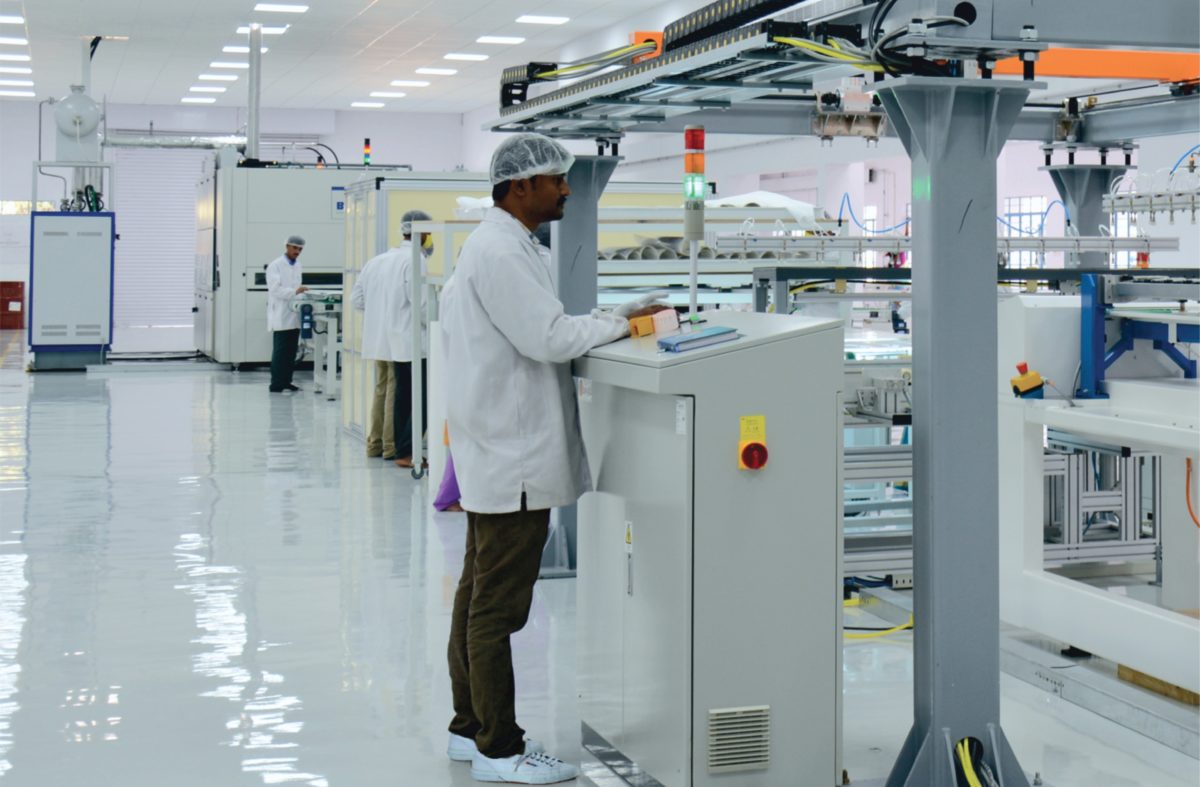
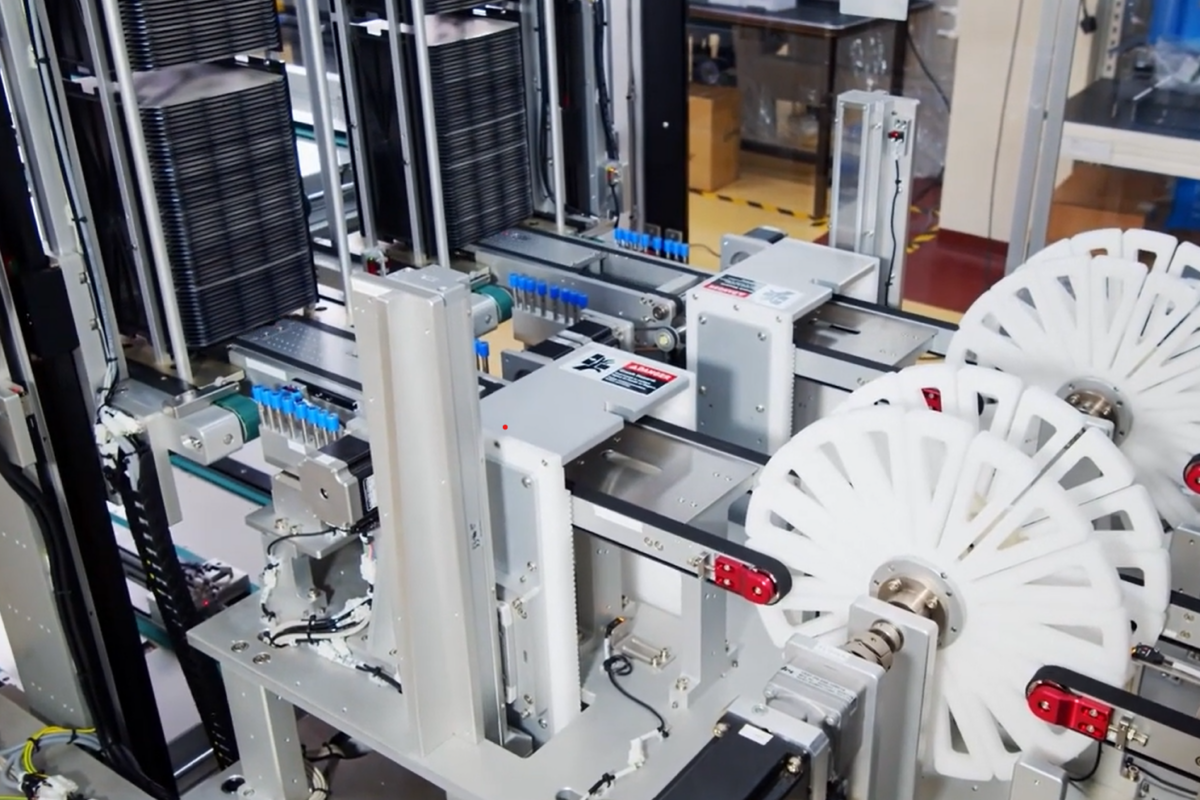

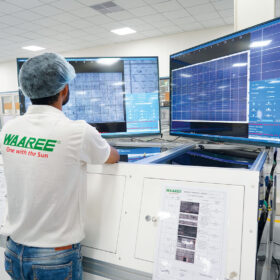
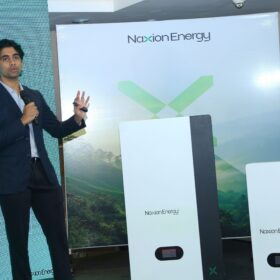
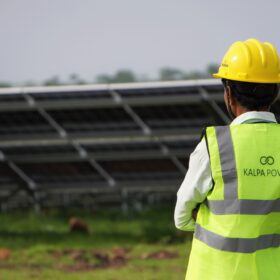
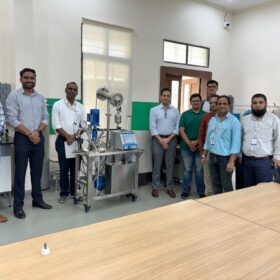
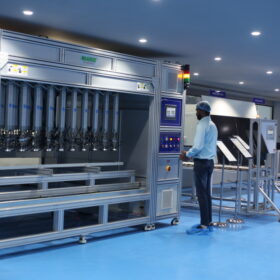
India has tremendous need for solar power. India could become a leading supplier of PV panels. USA power expansion will be largely solar. A joint venture could be a win-win, with India supplying panels to USA.
India is unable to crawl put of its cradle and “grow up” and face the challenges of a full grown adult.
The above article clearly shows that in the last 20 years or so since Solar Energy started being used, India will hopefully achieve 100GW by 2022.
So as the Banks, “Industrislists”, GOI (specially a non-performing MNRE) etc…. essentially twiddle their thumbs 2.6 Million Dolie and 375 Million DALY Sufferers face the wrath of Pollution with the rest of the nation as ALL are exposed to this menace and curse of The Industrial Age.
For India’s ZERO POLLUTION OPTION (aka Green Deal, Carbon Neutral etc..) to occur it will need about 150TW of Clean & Renewable Energy.
At an Annual Rate of Solarization of 10GW/yr…. which NRE etc.. will applaud itself…. it will take another 1500 years to elimante Pollution Deaths and DALY Sufferers in India.
Perhaps this is really what the above desire as the Banks, GOI, “Industrialists” have NO PROBLEM fininancing and building and making money on Polluting Industries….
The simple situation is….. THERE IS NO VISION YET…
ALWAYS REMEMBER A Solar System generates it rated capacity for only about 1,200 hrs/yr…. as against ~7,500 hrs for traditional Fossil Power Plants…. therefore a One to One Comparison in terms of Installed Capacity is completly false and misleading…. perhaps this is the root cause…. as 100GW of Solar is only ~16GW of the Fossil Plants it displaces…. yes India has to crawl out of its crib and “grow up”…. fast ..
and stop the Killing and Suffering all around India…. asap.